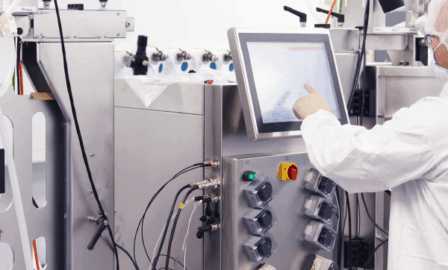Modeling New Patient Start Likelihood in Pharma
Clarkston’s Digital, Data and Analytics team recently executed a project for new patient start likelihood in pharma. Clarkston partnered with a longstanding biopharmaceutical client, overhauling an existing model used to predict when doctors might be starting a new patient on the client’s flagship drug. The model helps sales representatives target high-priority doctors with the information and resources they need to drive sales conversion, and ultimately, to save lives.
Download the New Patient Start Likelihood Case Study Here
The first objective for the Clarkston team was to evaluate the existing model, which had been considered somewhat successful based on feedback from the field sales team and demonstrated by the company’s sales metrics. The team uncovered several flaws in the model upon evaluation, most notably failure to use any behavioral change features. Behavioral change features are especially important to the model’s predictive capabilities, considering raw engagement data can vary widely among doctors, and behavioral changes are what ultimately indicate the potential for starting a new patient. The team also corrected other issues, such as lagging input data while simultaneously leading outcome data, using only raw monthly-aggregated engagement data as features, and additional problematic modeling inputs.
Clarkston’s data scientists ultimately used the newly engineered behavioral change features in the existing Gradient Boosted Decision Tree framework after thoroughly testing multiple model types, including logistic regression and various deep neural networks. Despite nearly quadrupling the total number of predictions generated each month—representing more than double the number of actual true positive outcomes—the proportion of correct predictions contained in the prediction set increased 30%, while the number of correct predictions contained in the prediction set increased by 500%. Said differently, the accuracy of the model more than doubled.
The success of the model has been so well-received that the client requested the model be altered to generate weekly—rather than monthly—predictions. All engineering, process, and performance changes have been thoroughly documented, and the model’s performance is evaluated on an ongoing basis.
Download the New Patient Start Likelihood Case Study Here
Download the New Patient Start Likelihood in Pharma case study here. Learn more about our Data and Analytics Services by contacting us below.




